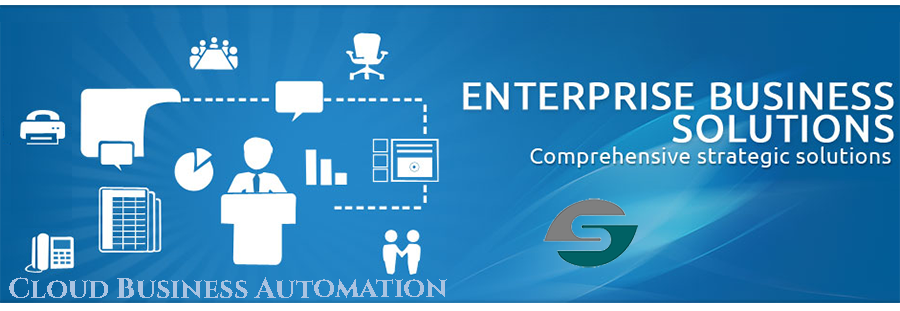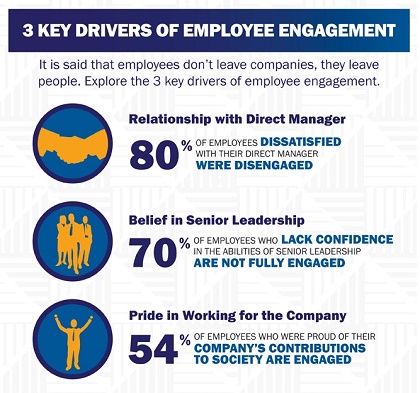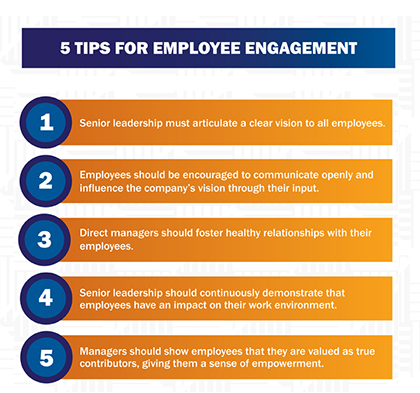 EMPLOYER || CANDIDATE
EMPLOYER || CANDIDATE
HR Planning
Employer
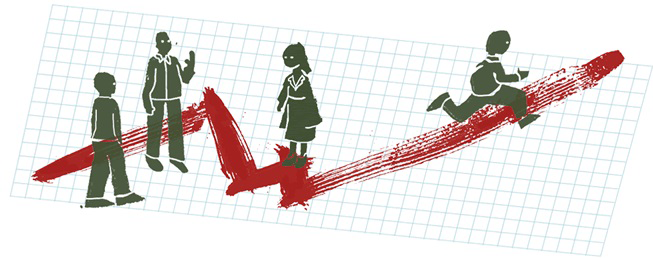
Managing Business Risk
Human Resources Risk: Risk Management Process
Risk management is a cycle. That means that it is not something that gets checked off a "to do" list but it is a continuous activity.
Having a risk management process means that your organization knows and understands the risks to which you are exposed.
It also means that your organization has deliberately evaluated the risks and has strategies in place to remove the risk altogether, reduce the likelihood of the risk happening or minimize harm in the event that something happens. At a very basic level, risk management focuses you on two fundamental questions:
What can go wrong?
What will we do to prevent the harm from occurring in the first place and in response to the harm or loss if it actually happens?
Identify the risks
The very first step is to identify the risks. Ask yourself what can go wrong. Every activity of an organization poses a risk so brainstorm and document the risks.

Consider both the general risks (that could happen to any organization) and the risks specific to your organization.
Risks can be:
Abuse that is either one-time or ongoing (physical, emotional, psychosocial, sexual, financial)
Personal injury
Medical
Environmental
Property
Financial
Reputation/goodwill
Other
HR Activity |
Potential Risk |
Potential Considerations |
|---|---|---|
Compensation and benefits |
|
|
Hiring |
|
|
Occupational Health and Safety |
|
|
Employee supervision |
|
|
Employee conduct |
|
|
Exiting employee |
|
|
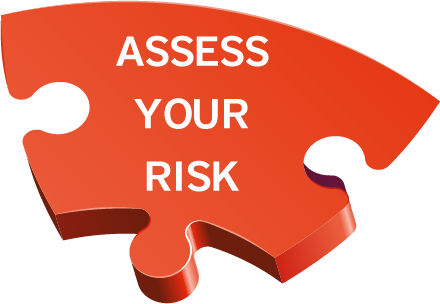
Assess the Risks
If you have done a thorough job of identifying risks, you may end up with a long (and overwhelming) list.
The next step is to assess each of the risks based on the (1) likelihood or frequency of the risk occurring and (2) the severity of the consequences.
Using a risk map to plot the likelihood of occurrence and the severity of the consequences will help you prioritize your next steps.
Develop strategies for managing risks
Consider the most appropriate risk management strategies for each identified risk:
Avoidance - Stop providing the service or doing the activity because it is too risky.
Acceptance - Some risky activities are central to the mission of an organization and an organization will choose to accept the risks.
Modification - Change the activity to reduce the likelihood of the risk occurring or reduce the severity of the consequences. Policies and procedures are an important part of this risk management strategy because they communicate expectations and define boundaries.
Transfer or sharing - Purchase insurance or transfer the risk to another organization through signing a contractual agreement with other organizations to share the risk (for example, having a contractual agreement with a bus company to transport clients rather than staff driving clients).
Implement
When you have decided which risk management strategies will be the most effective and affordable for your organization, practically outline the steps and who is responsible for each step in the risk management plan.
Communicate the plan and ensure that there is buy-in from all who are involved in the organization (staff, volunteers, clients, other relevant stakeholders). Provide training for all organizational staff and volunteers so they understand the rationale of the risk management plan as well as the expectations, procedures, forms, etc.
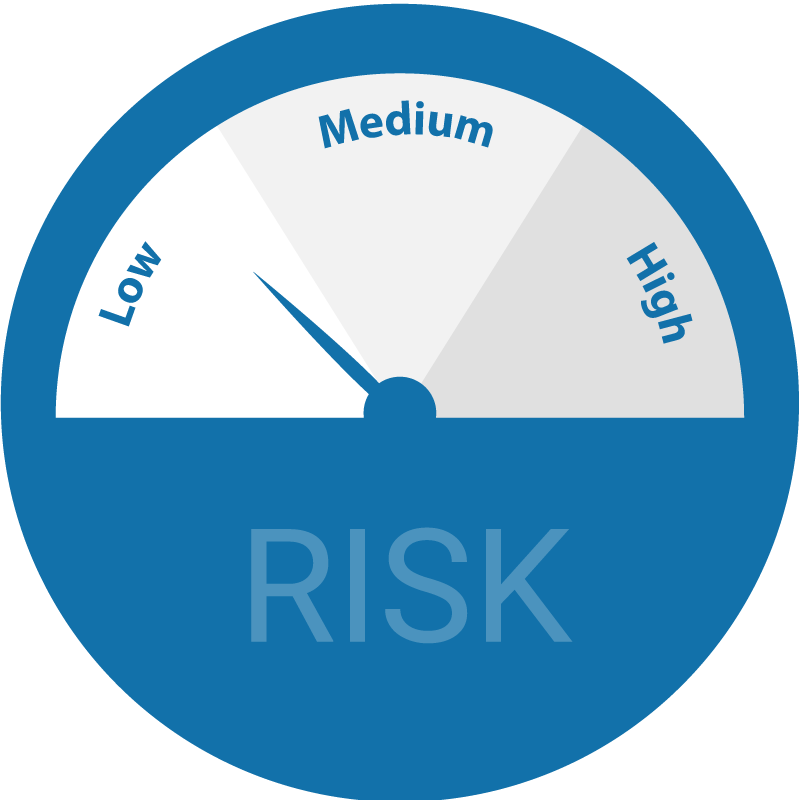
Monitor
Consider the following questions and document any changes to the plan:
-
Is your plan working?
Have your risks changed?
Have you expanded or reduced your programs and services?
Are changes or updates required?
Are staff and volunteers following the risk management plan?
Do they need re-training on the details?
Do we need to better communicate the plan?
















